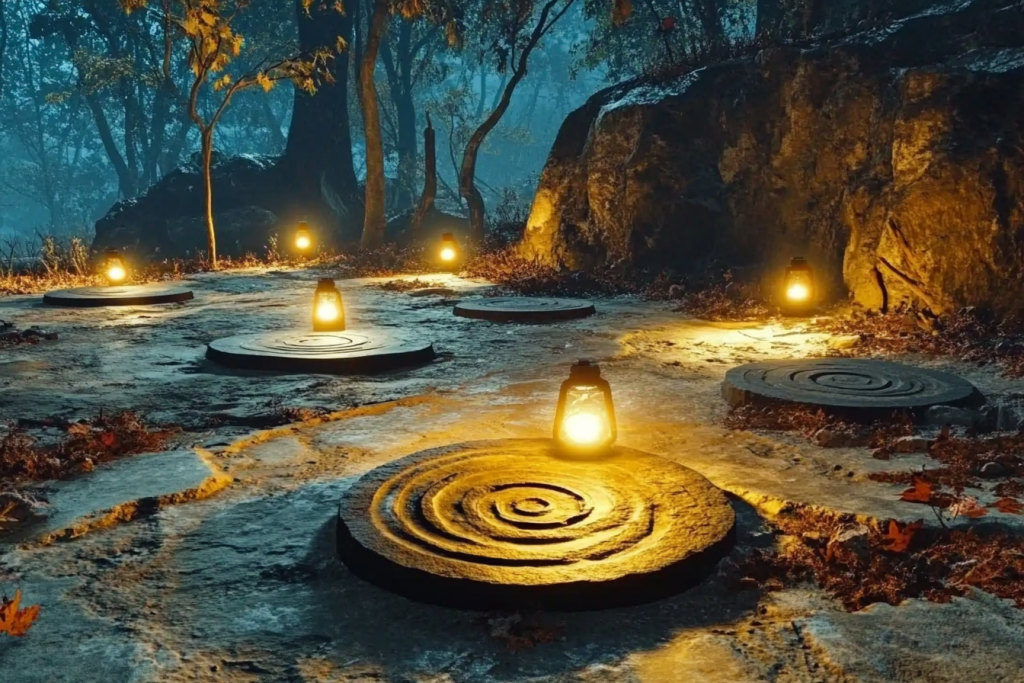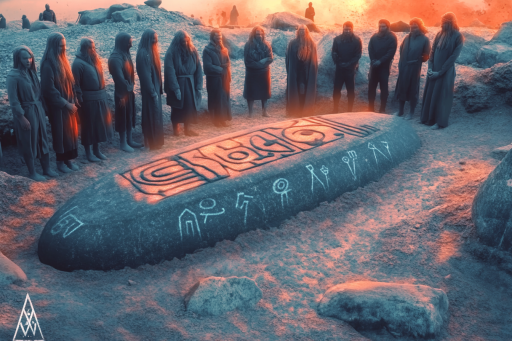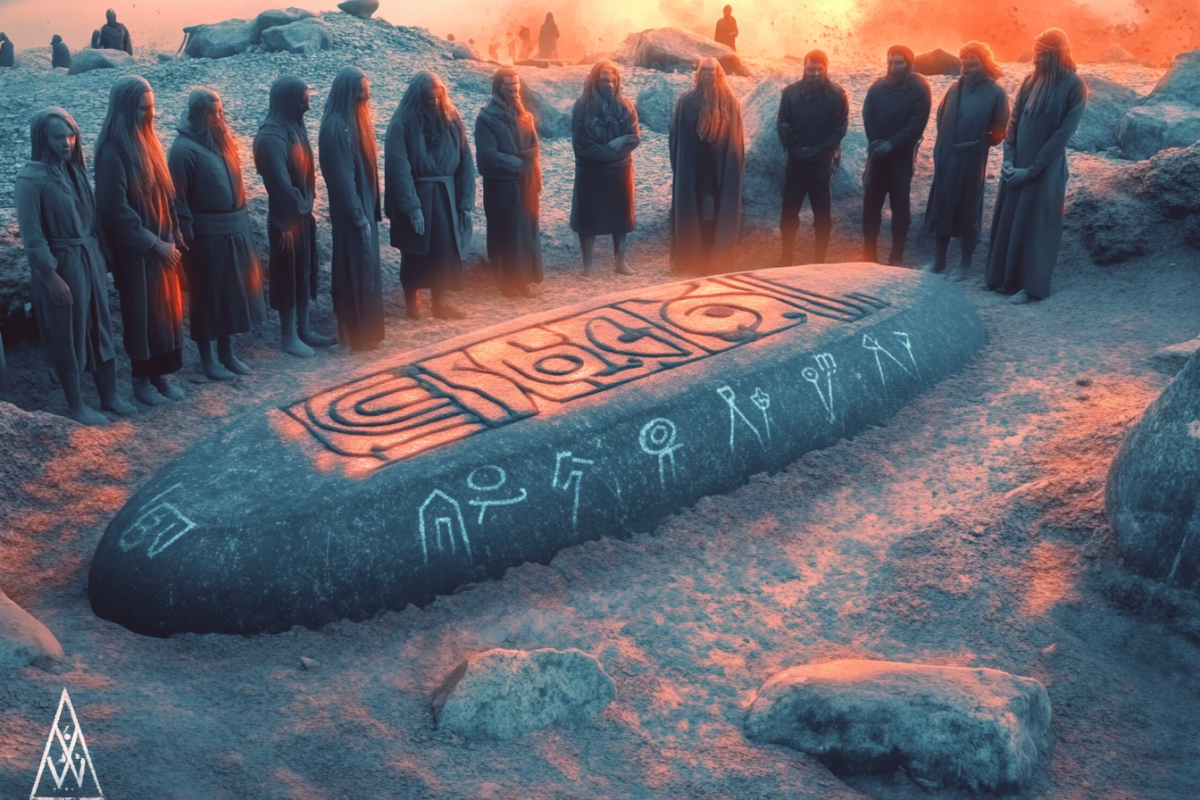
Across the globe, researchers and explorers have uncovered strange artifacts in the most unexpected locations—objects that defy history, logic, and explanation. These discoveries challenge our understanding of time, geography, and even human capability. Were they misplaced by accident, evidence of forgotten civilizations, or something else entirely? The truth remains elusive, buried deep within the earth and the mysteries of the past.
The Aluminum Wedge of Aiud

Discovered in Romania beneath layers of fossilized bones, this strange wedge-shaped object appears to be made of aluminum—despite being dated to a time when aluminum wasn’t even discovered. Some scientists suggest it’s a piece of modern machinery that somehow ended up in ancient strata, while others believe it could be proof of advanced prehistoric technology or even extraterrestrial contact. Its origin remains hotly debated, and its placement is a geological anomaly.
The London Hammer

Encased in ancient rock and discovered in Texas, the London Hammer looks like a typical 19th-century tool—except it was found in a rock formation estimated to be over 100 million years old. How did a human-made object end up in prehistoric stone? Theories range from hoax to time travel to evidence of a civilization far older than mainstream history accepts.
The Baghdad Battery

Unearthed near Baghdad, this clay jar with a copper cylinder and iron rod appears to be a primitive battery. Believed to be over two thousand years old, the object raises the question: did ancient people understand electricity? Some argue it was used for electroplating, while skeptics say it’s just coincidental construction—but its existence remains a mystery that short-circuits conventional wisdom.
The Antikythera Mechanism

Pulled from a shipwreck off the coast of Greece, this intricate device has been dubbed the world’s first analog computer. Dating back over two millennia, the mechanism’s complex gear system was used to track celestial movements. Its technological sophistication shouldn’t have existed for centuries—leaving historians baffled at how such knowledge was acquired so early.
The Wolfsegg Iron

This mysterious lump of iron was found buried in a coal seam in Austria, with the surrounding coal dated to be 60 million years old. The object has sharply cut edges and an oddly uniform shape, suggesting human or artificial modification. How could such a thing exist before humans were even a thought on the timeline?
The Klerksdorp Spheres

These perfectly spherical metallic objects were found in South African mines, embedded in rock over two billion years old. Measuring just a few centimeters, they have grooves and ridges that suggest intelligent shaping. Geologists argue they are natural formations—but their symmetry and odd placement leave room for wild speculation.
The Piri Reis Map

Drawn in the early 1500s, the Piri Reis map shows parts of the world that weren’t supposed to be discovered yet—including an ice-free Antarctic coastline. The level of accuracy and knowledge of geography it displays defies the capabilities of its time. Scholars can’t agree on how the mapmaker gained access to such advanced information—or where the source maps originated.
The Ancient Nanostructures of the Ural Mountains

In the remote Ural Mountains, scientists found tiny, coil-shaped objects embedded in layers of earth dated tens of thousands of years old. Made of tungsten and other high-tech metals, these nano-sized artifacts look like modern manufacturing components. No known civilization at the time could’ve produced them—so where did they come from?
The Voynich Manuscript

While not found in an unusual location, this handwritten book filled with undeciphered symbols and impossible plants still doesn’t belong in any historical timeline. It surfaced in Italy, but its origins are unknown, and the language it’s written in is unlike anything ever seen. Despite decades of analysis, no one has been able to translate its contents—or explain why it exists.
The Giant Stone Balls of Costa Rica

Scattered across the jungles of Costa Rica, these enormous stone spheres are perfectly round and often found in places with no clear connection to the civilization that made them. Some weigh several tons, yet no tools or quarries have been found nearby. Were they markers, messages, or something more? Their purpose and precise craftsmanship remain unsolved.
The Dendera Light Carvings

Found in an Egyptian temple, these carvings appear to depict large lightbulb-shaped objects, complete with filaments and cables. Some fringe theorists believe the images show ancient electrical devices, suggesting forgotten knowledge of power. Mainstream archaeologists dismiss it as symbolic imagery—but the resemblance is uncanny and continues to spark debate.
The Stone Head of Guatemala

In the jungles of Guatemala, a massive stone head with distinctly non-Mayan features was discovered—its face tall, elongated, and seemingly not of this world. Some believe it depicts a lost civilization or a being from elsewhere entirely. The monument was later destroyed during civil unrest, leaving only photos and theories behind.
The Enigmatic Dropa Stones

Said to be found in a remote cave in China, these disc-shaped stones with spiral grooves allegedly contain microscopic writing. According to some controversial accounts, they tell the story of extraterrestrial visitors who crash-landed on Earth thousands of years ago. Though their authenticity is disputed, the Dropa Stones remain one of the strangest and most contested archaeological finds ever reported.
Buried Truths or Misplaced Legends?

When objects show up in places they have no reason to be, the line between science and speculation begins to blur. Are these items misinterpreted relics, hoaxes, or evidence that our history is far more complex than we imagine? With each new discovery, we’re reminded that our past may hold more questions than answers. Perhaps the real puzzle is how much of what we know is simply wrong.





